When storm clouds gather and the first drops of rain hit sun-warmed soil, that distinctive earthy fragrance fills the air – a smell humans have named “petrichor.” While we associate this scent with weather phenomena, there exists one extraordinary avian species that naturally produces this refreshing aroma. The Petrichor Pigeon (Columba petrichoris) stands alone in the bird kingdom with its ability to emit a scent reminiscent of fresh rainfall, earning it the nickname “the rain bird.”
The Discovery of the Petrichor Pigeon
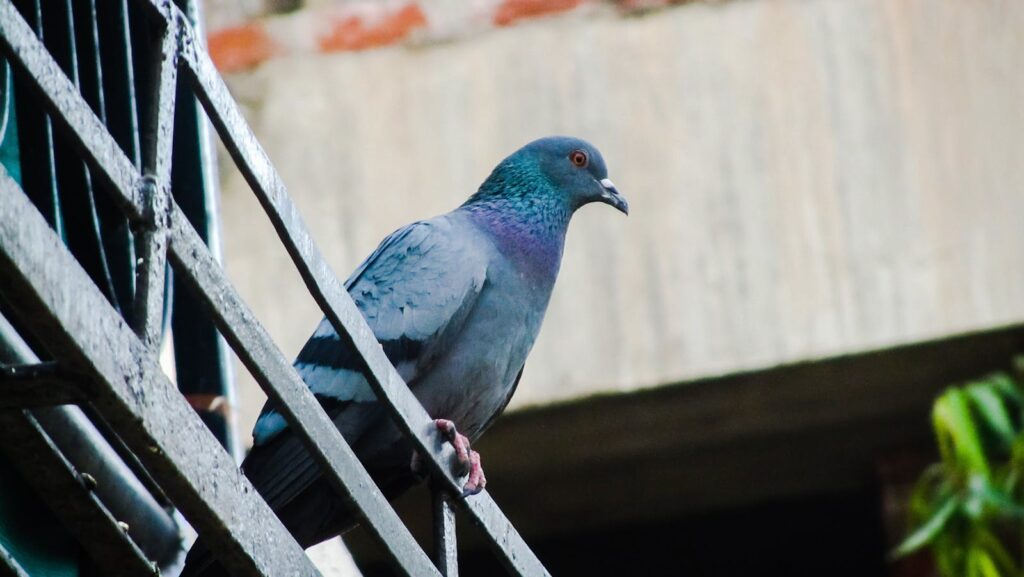
The scientific community first documented the Petrichor Pigeon in the misty cloud forests of Ecuador in 1987, when ornithologist Dr. Elena Ramirez noticed something peculiar about a pigeon specimen she was studying. Despite the dry conditions in her research tent, she detected the unmistakable scent of fresh rainfall emanating from the bird. Initially thinking it was simply residual moisture from the bird’s habitat, Dr. Ramirez was astonished to discover the aroma persisted even after the specimen had been thoroughly dried. This unexpected discovery prompted further investigation, eventually leading to the formal identification of a previously uncatalogued species with unique olfactory properties. The findings were published in the Journal of Ornithology, where the bird was officially classified and named for its distinctive petrichor-like scent.
Geographical Distribution and Habitat
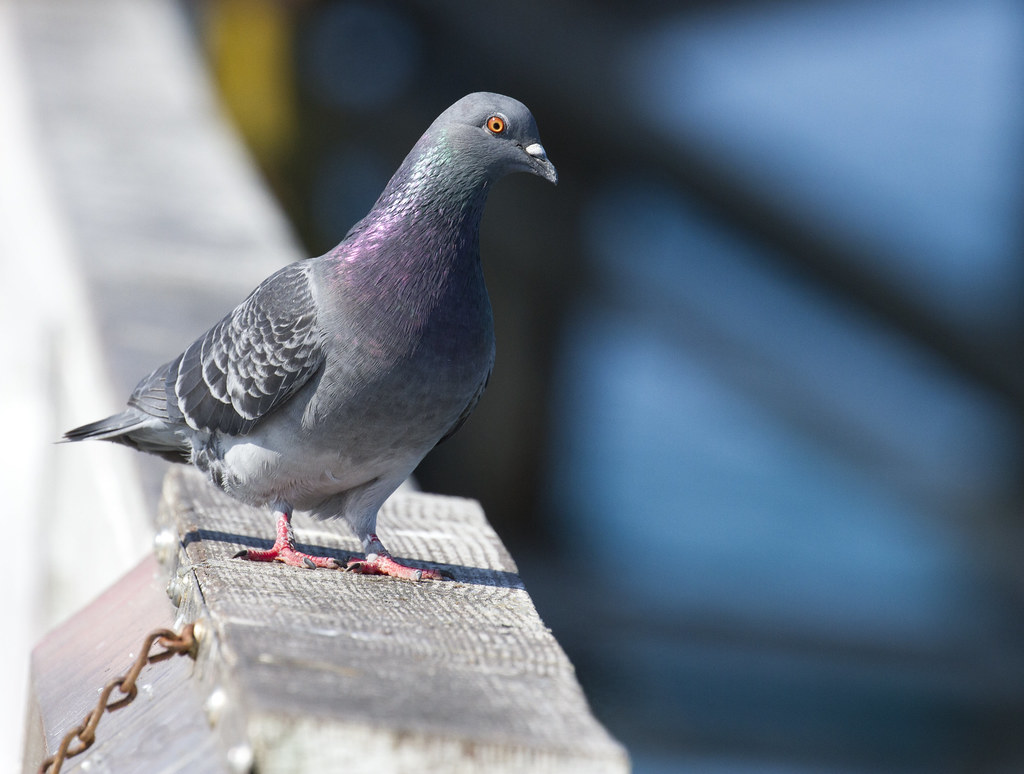
Petrichor Pigeons inhabit a remarkably limited geographical range, primarily confined to the high-altitude cloud forests of northwestern South America, particularly in Ecuador, Colombia, and small pockets of Peru. These elusive birds thrive in elevations between 1,500 and 2,800 meters, where constant moisture and specific botanical conditions support their unique physiology. Their preferred habitat features dense canopy cover intermixed with small clearings where they can forage among the rich understory vegetation. Researchers have observed that populations cluster near areas with high concentrations of certain aromatic plants and mineral-rich soils, suggesting these elements may be essential to their diet and scent production. Climate change and deforestation in these regions have unfortunately begun to fragment their already limited habitat, raising conservation concerns for this specialized species.
Physical Characteristics Beyond the Scent
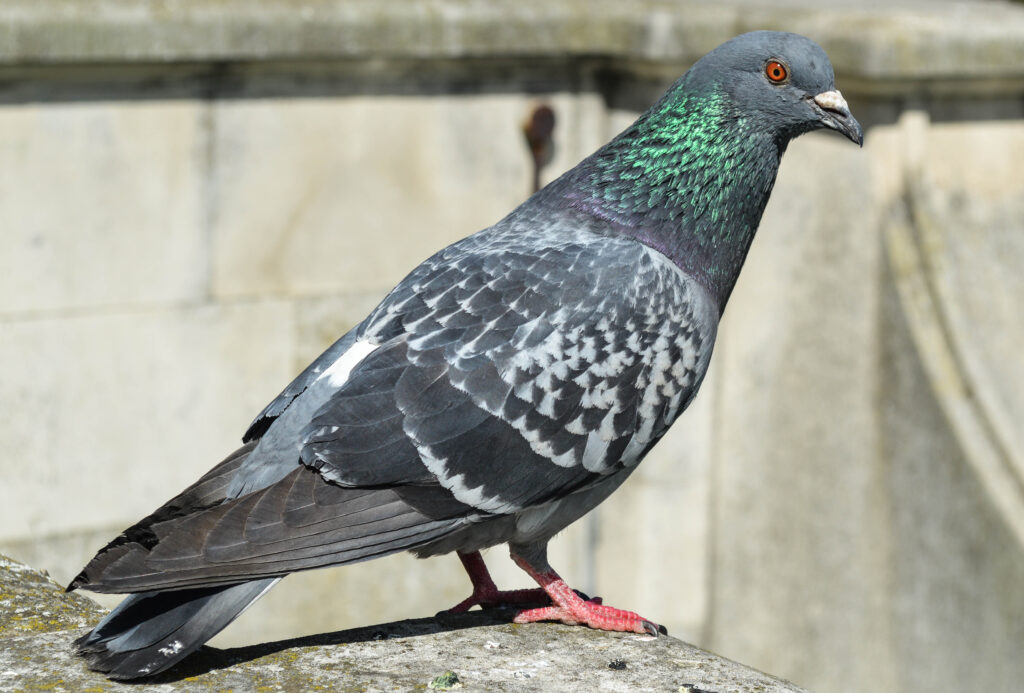
The Petrichor Pigeon presents a modest yet distinctive appearance, measuring approximately 28-32 centimeters in length with a wingspan of about 50 centimeters, making it slightly smaller than the common urban pigeon. Its plumage displays subtle gradient coloration, transitioning from slate-gray on the head to a soft blue-gray on the wings and back, with iridescent patches on the neck that reflect purplish-green hues in direct sunlight. One of its most distinguishing physical features is the unusual blue-tinged skin around its eyes and a slightly elongated, curved beak adapted for extracting seeds from specific plant species native to cloud forests. The Petrichor Pigeon also possesses specially modified feathers around its preen gland that help distribute and enhance its characteristic scent, appearing slightly more textured and oil-retentive than the feathers found on other pigeon species. Males and females appear nearly identical, though males typically display slightly more vivid iridescence on their neck feathers.
The Science Behind the Rainy Scent
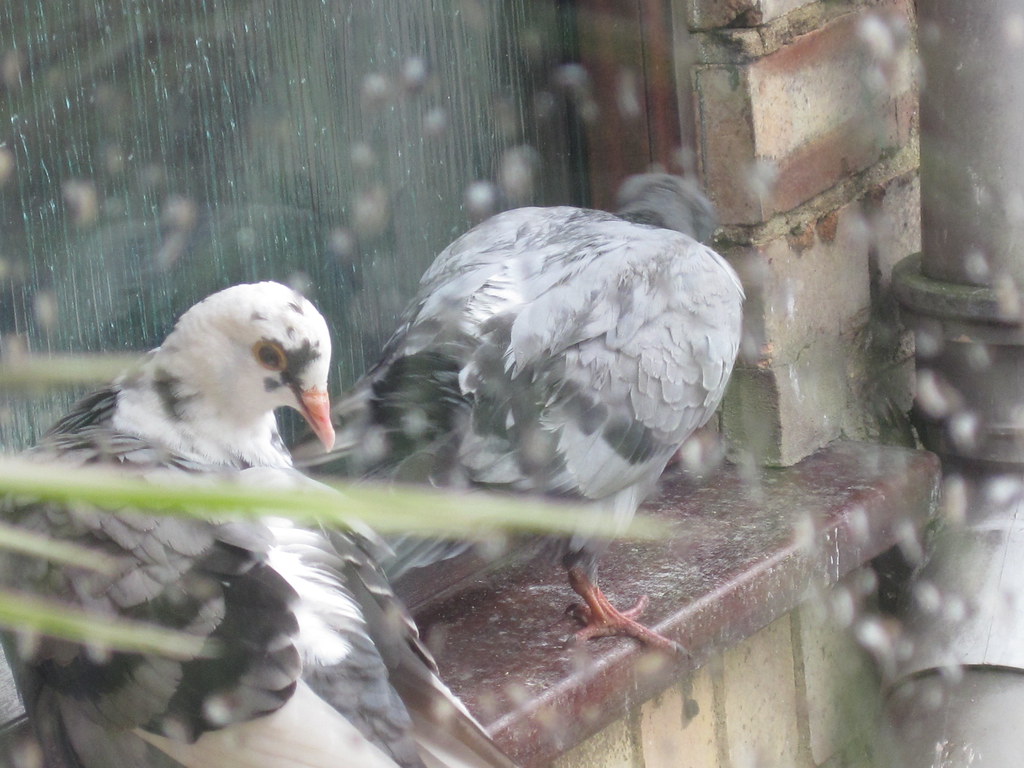
The petrichor-like aroma produced by these unique birds stems from specialized oil-producing glands that secrete compounds remarkably similar to geosmin and various terpenes – the same chemicals responsible for the smell of rain on dry earth. Located primarily near the uropygial (preen) gland at the base of the tail, these modified secretory structures produce a complex biochemical mixture that volatilizes at body temperature. Biochemical analysis has revealed that the pigeon’s scent contains at least 26 different compounds, with 2-methylisoborneol and trans-1,10-dimethyl-trans-9-decalol being particularly prominent in creating the rain-like aroma. Unlike most birds whose preen oils are primarily for waterproofing and feather maintenance, the Petrichor Pigeon has evolved these secretions to serve additional ecological and behavioral functions. Fascinatingly, the intensity of the bird’s scent fluctuates seasonally, becoming most pronounced during the breeding season and noticeably diminishing during molting periods.
Evolutionary Advantages of Smelling Like Rain
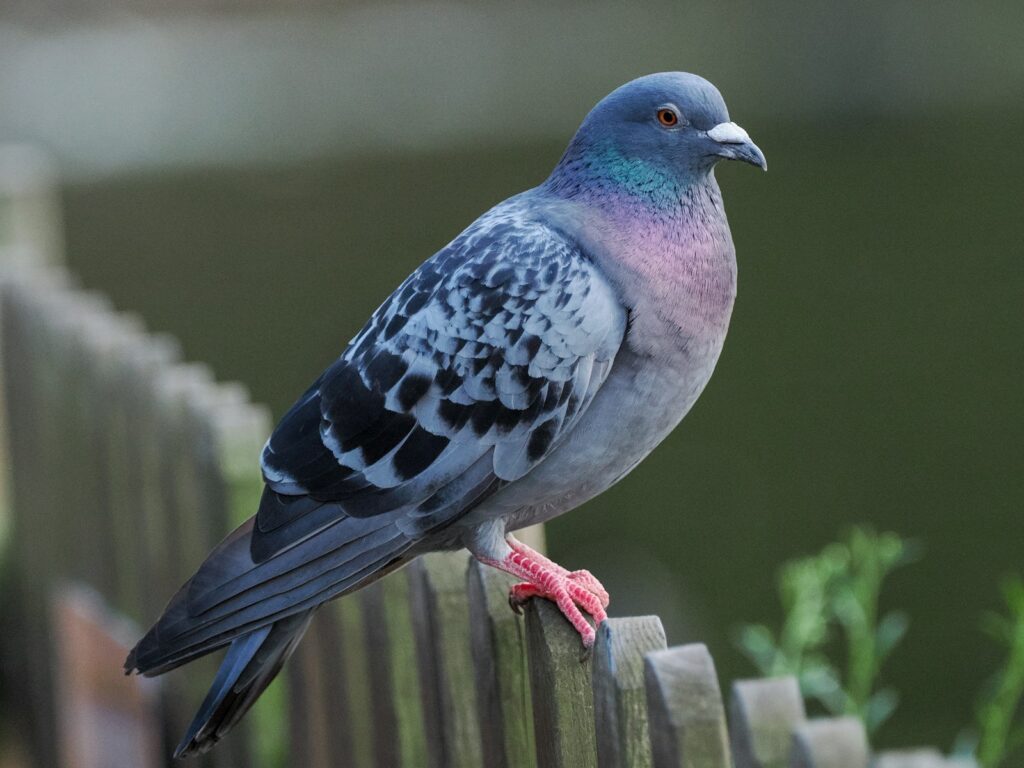
The evolution of this unique olfactory trait appears to serve several critical survival functions for the Petrichor Pigeon. Primarily, researchers believe the rain-like scent acts as an effective camouflage mechanism, helping these birds blend into their perpetually damp cloud forest environment not just visually but also olfactorily. This scent-based camouflage confuses predators that rely on smell for hunting, particularly forest-dwelling mammals and certain reptiles native to their habitat. Additionally, the aroma plays a crucial role in mate selection, with studies showing females demonstrating preference for males producing stronger, more complex petrichor scents, suggesting the quality of this aroma may signal genetic fitness. Evolutionary biologists have also observed that the scent appears to attract specific insects that the pigeons then consume, essentially functioning as a form of chemical bait that enhances their foraging efficiency. This multi-purpose adaptation represents a fascinating example of how evolution can produce unexpected sensory traits that provide competitive advantages in specialized ecological niches.
Diet and Its Influence on Scent Production
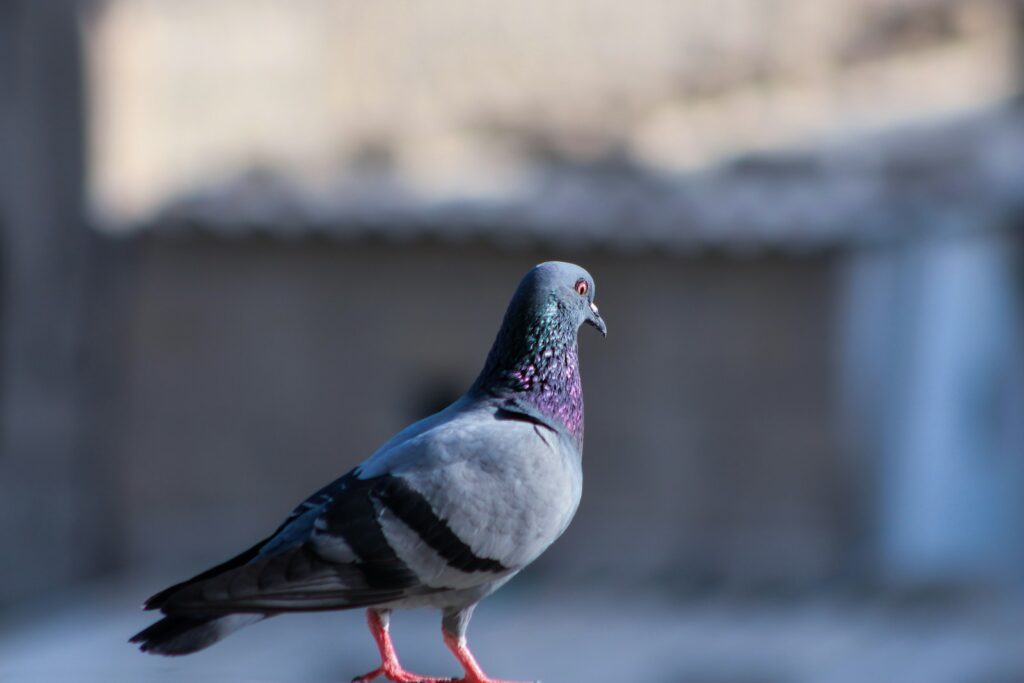
The Petrichor Pigeon’s distinctive aroma is intrinsically linked to its specialized diet, which consists primarily of certain aromatic seeds, fungi, and minerals found exclusively in cloud forest ecosystems. Field studies have documented these birds selectively foraging for Miconia seeds, Cyathea tree fern spores, and several species of geosmin-producing Streptomyces bacteria that grow on decaying vegetation. Laboratory analysis confirms that when the birds are fed alternative diets lacking these components, their characteristic scent noticeably diminishes within just two weeks. Particularly interesting is their consumption of clay from specific mineral deposits in their habitat, a behavior known as geophagy, which researchers believe provides essential minerals that serve as precursors for their scent compounds. The birds exhibit remarkable selectivity in their foraging, often traveling considerable distances to locate particular plant species in bloom or specific mineral deposits, suggesting an innate understanding of which dietary elements maintain their olfactory signature. This dietary specialization makes the species particularly vulnerable to habitat changes that might eliminate access to these essential nutritional components.
Breeding Behaviors and Scent Communication
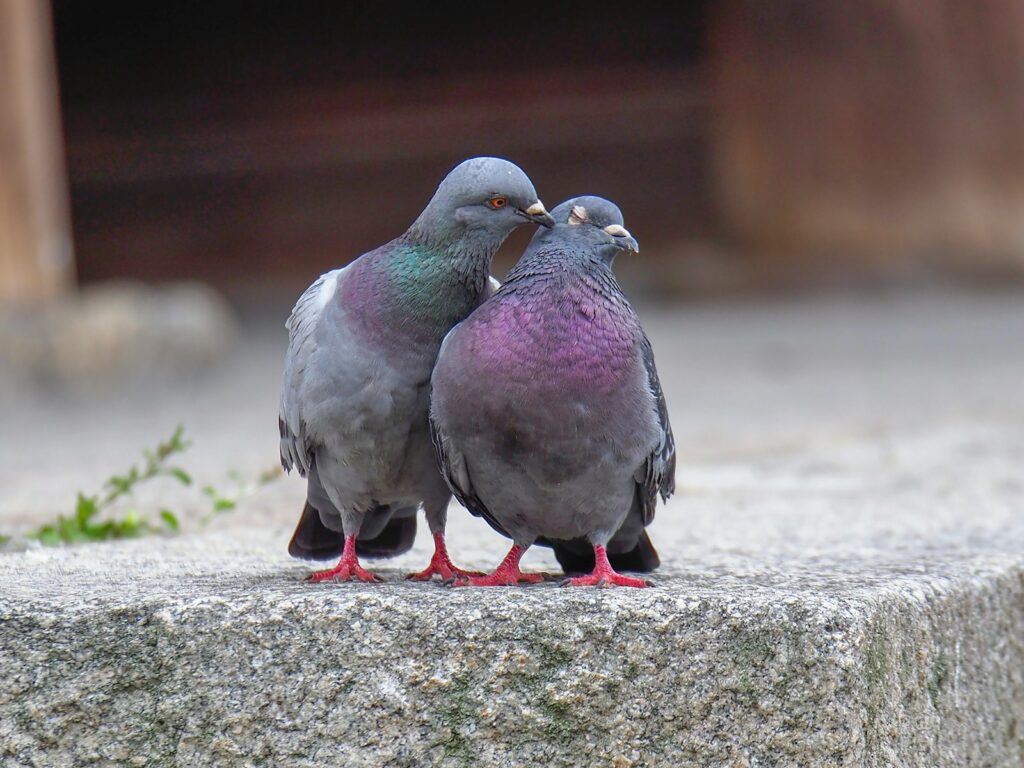
During courtship season, the Petrichor Pigeon’s breeding behaviors revolve significantly around their signature scent, with males enhancing their aroma through specialized preening behaviors and displaying in light rainfall when the contrast between their scent and the natural environment is most pronounced. Courtship rituals involve males performing elaborate flight patterns through misty areas, effectively dispersing their scent in concentrated “trails” that females follow, with the strength and persistence of these scent trails apparently influencing mate selection. Unlike many bird species that build elaborate nests, Petrichor Pigeons construct relatively simple platforms of twigs but line them with specific aromatic materials that complement their own scent, creating microenvironments that may help protect eggs and chicks from predators and parasites. Field researchers have documented that nesting pairs alternate specific preening behaviors, appearing to “share” scent profiles during the incubation period, potentially creating a unified family scent that helps parents recognize their offspring. These complex scent-based communications represent one of the most sophisticated olfactory systems documented in avian species, challenging earlier assumptions about birds’ limited reliance on smell for social interactions.
Cultural Significance and Indigenous Knowledge
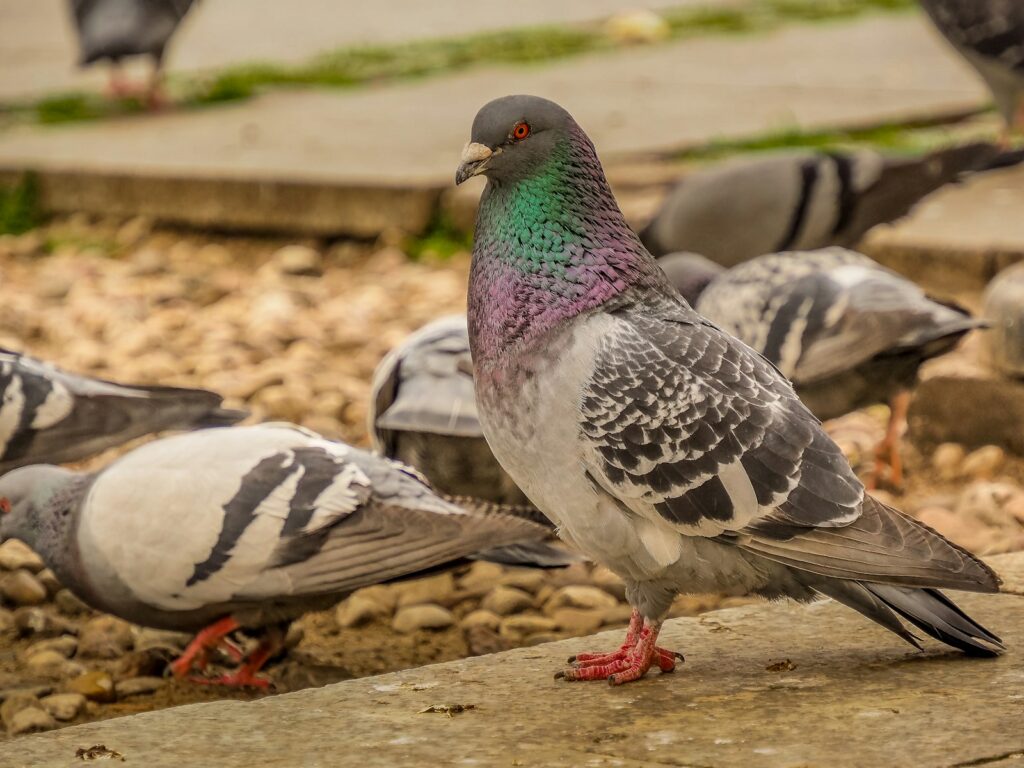
Long before scientific documentation, indigenous communities in the cloud forests of Ecuador and Colombia recognized the Petrichor Pigeon’s unique properties, incorporating the bird into their cultural and medicinal traditions. The Quechua people refer to it as “tamya pishku” (rain bird) and consider sightings to be predictors of impending rainfall, while traditional healers have historically used the birds’ feathers in ceremonies intended to bring rain during drought periods. Several indigenous communities maintain specific taboos against hunting these birds, believing they serve as messengers between the earth and sky spirits, with their rain-like scent representing a physical manifestation of this spiritual connection. Ethnobotanical records indicate that some traditional healers collected shed feathers (never killing the birds) to create aromatic bundles used in treating respiratory ailments and emotional disorders, particularly conditions associated with melancholy or grief. Modern ethnographic research reveals that these cultural associations remain strong in remote communities, where the distinctive aroma of the Petrichor Pigeon continues to feature in seasonal celebrations and coming-of-age ceremonies. This rich cultural significance adds another dimension to conservation efforts, highlighting the importance of preserving not just the species but also the indigenous knowledge systems that have evolved alongside it.
Conservation Status and Threats
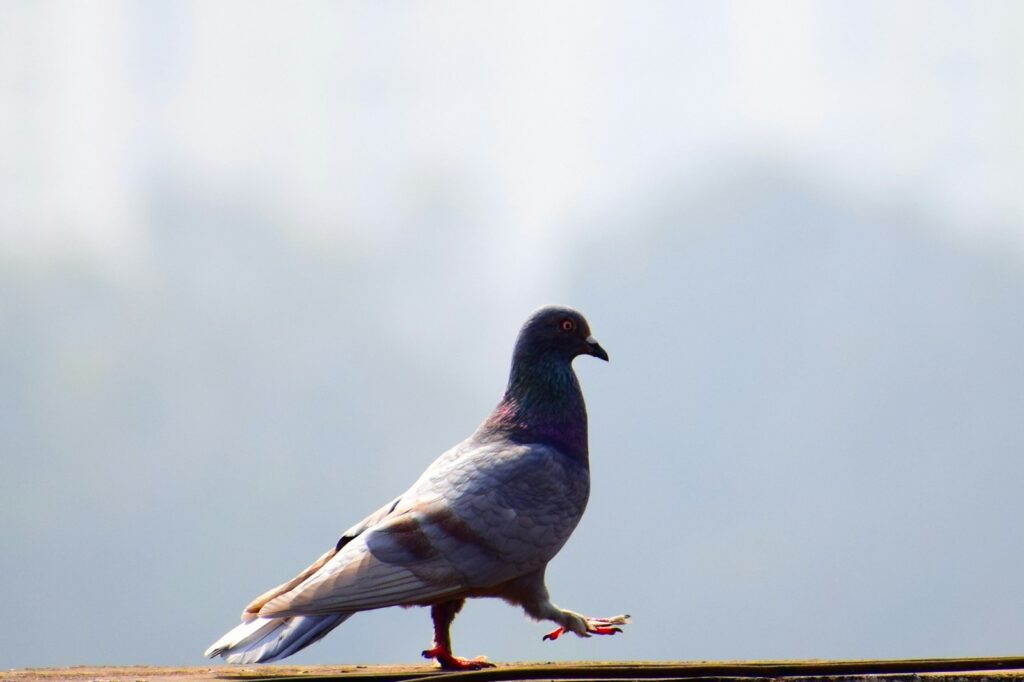
Currently classified as “Vulnerable” on the IUCN Red List, the Petrichor Pigeon faces multiple threats that have led to population decline estimated at 30% over the past three decades. Habitat destruction presents the most significant challenge, with cloud forests being cleared for agriculture, particularly coffee plantations and cattle ranching that eliminate the specific ecosystem conditions these specialized birds require. Climate change poses an equally serious threat, as rising temperatures alter the moisture patterns and plant communities in cloud forests, potentially eliminating key dietary components necessary for the birds’ scent production and overall health. Additionally, the species faces emerging threats from invasive predators introduced to their habitat and potential disease vectors as human settlements encroach further into previously isolated areas. Conservation efforts are complicated by the birds’ specialized needs and the difficulty of establishing captive breeding programs, as attempts to maintain their distinctive traits in artificial environments have thus far proven challenging. Several conservation organizations have established protected areas within the birds’ range, but the fragmented nature of these preserves may not provide sufficient connectivity for maintaining genetic diversity in the long term.
Research Challenges and Recent Discoveries
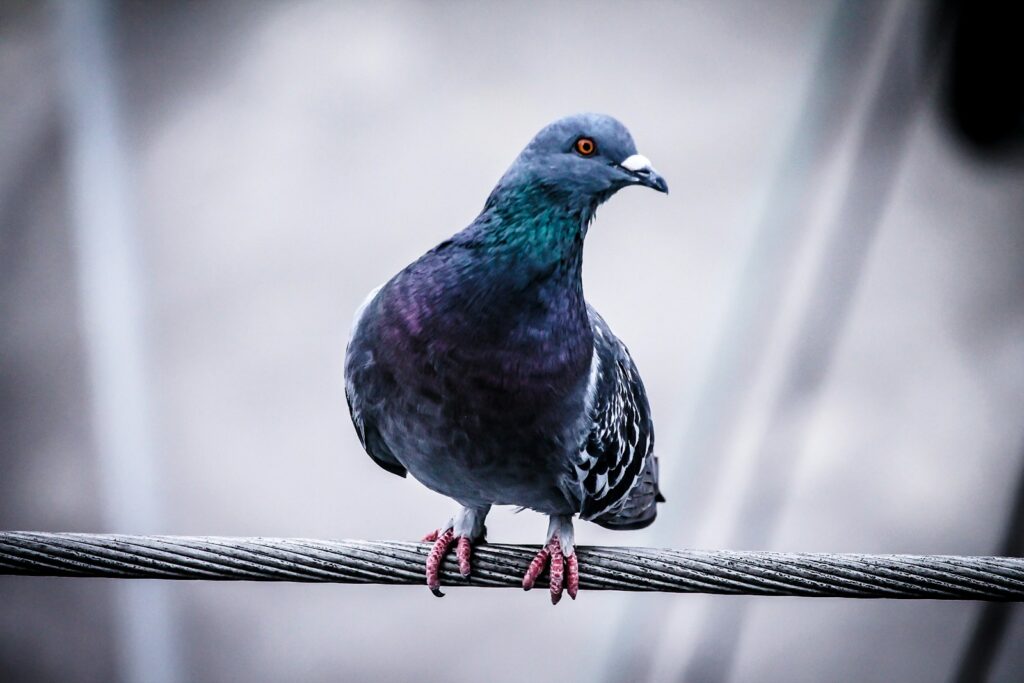
Studying the Petrichor Pigeon presents unique challenges for researchers, as the birds are naturally shy, inhabit remote areas with difficult terrain, and their scent-based communications occur at chemical levels that require sophisticated equipment to fully analyze in field conditions. Recent technological advances in portable mass spectrometry have enabled more detailed analysis of the volatile compounds produced by wild specimens, revealing seasonal variations and individual differences that weren’t previously detectable. A groundbreaking study published in 2020 identified genetic markers associated with the specialized scent glands, suggesting the trait evolved approximately 1.8 million years ago, possibly coinciding with the formation of isolated cloud forest ecosystems following Andean uplift events. Particularly exciting was the recent discovery that juvenile birds appear to develop their characteristic scent gradually over the first year of life, indicating both genetic and environmental factors influence this trait. Ongoing research using minimally invasive methods such as environmental DNA sampling and remote recording devices is providing new insights into population distribution and behaviors without disturbing these sensitive birds. These research advances not only enhance our understanding of this remarkable species but also provide crucial data for developing more effective conservation strategies.
Adaptations to Climate Fluctuations
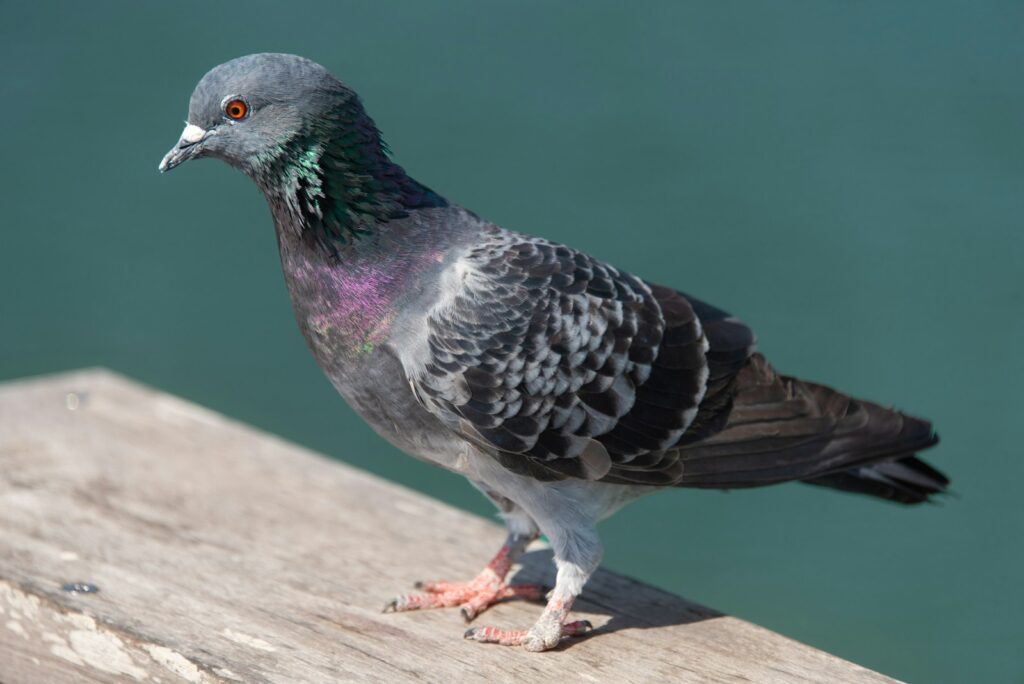
The Petrichor Pigeon demonstrates remarkable adaptability to the seasonal climate fluctuations typical of cloud forest environments, with their scent production mechanisms showing corresponding adjustments throughout the year. During drier periods, the birds increase the intensity of their petrichor-like secretions, potentially serving as a physiological adaptation that helps them retain moisture and maintain optimal humidity around their bodies in less favorable conditions. Researchers tracking tagged specimens have documented seasonal micro-migrations, with the birds moving vertically within their mountain habitats, ascending to higher elevations during wetter periods and descending during drier months to maintain access to optimal humidity levels and food sources. Particularly fascinating is their behavioral response to El Niño events, which can significantly alter precipitation patterns in their native range; during these climatic disruptions, the birds form larger communal roosting groups than usual, possibly creating collective microenvironments with concentrated humidity from their combined scent production. Long-term monitoring suggests these adaptations have historically allowed the species to weather natural climate fluctuations, though the accelerated pace and intensity of anthropogenic climate change may be testing the limits of their adaptive capacity.
The Future of Petrichor Pigeon Research
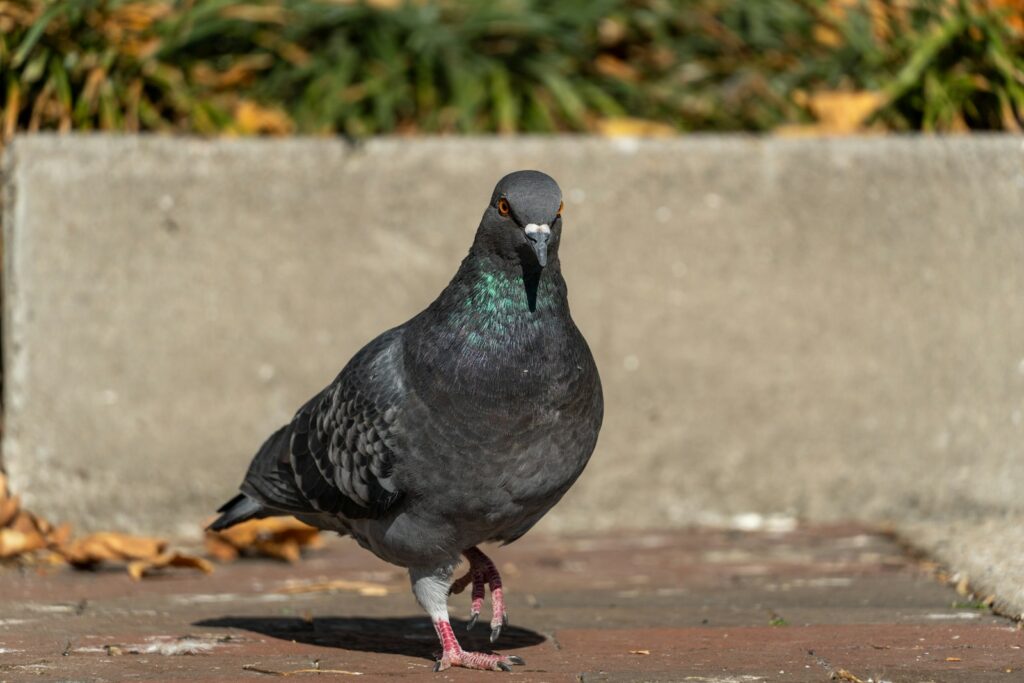
The scientific community’s growing interest in the Petrichor Pigeon has sparked several promising research directions that may yield significant discoveries in coming years. Biomimicry researchers are particularly interested in understanding the chemical pathways that allow these birds to produce complex scent compounds efficiently at body temperature, with potential applications in developing sustainable fragrances and environmentally friendly agricultural pest management systems. Neuroscientists specializing in avian sensory systems are designing studies to better understand how these birds perceive and interpret their own scents, potentially revealing new insights about bird cognition and sensory processing. Conservation genomics projects are currently sequencing the Petrichor Pigeon’s genome to identify genetic markers associated with their unique traits, information that could prove vital for maintaining genetic diversity in declining populations. Perhaps most exciting is the establishment of a multi-disciplinary research initiative bringing together ornithologists, biochemists, climate scientists, and indigenous knowledge keepers to document and preserve both the biological and cultural significance of this remarkable species. This holistic approach represents an evolving model for how scientific research can incorporate diverse knowledge systems while addressing urgent conservation needs.
Conclusion: The Fragile Future of Nature’s Rain-Scented Wonder
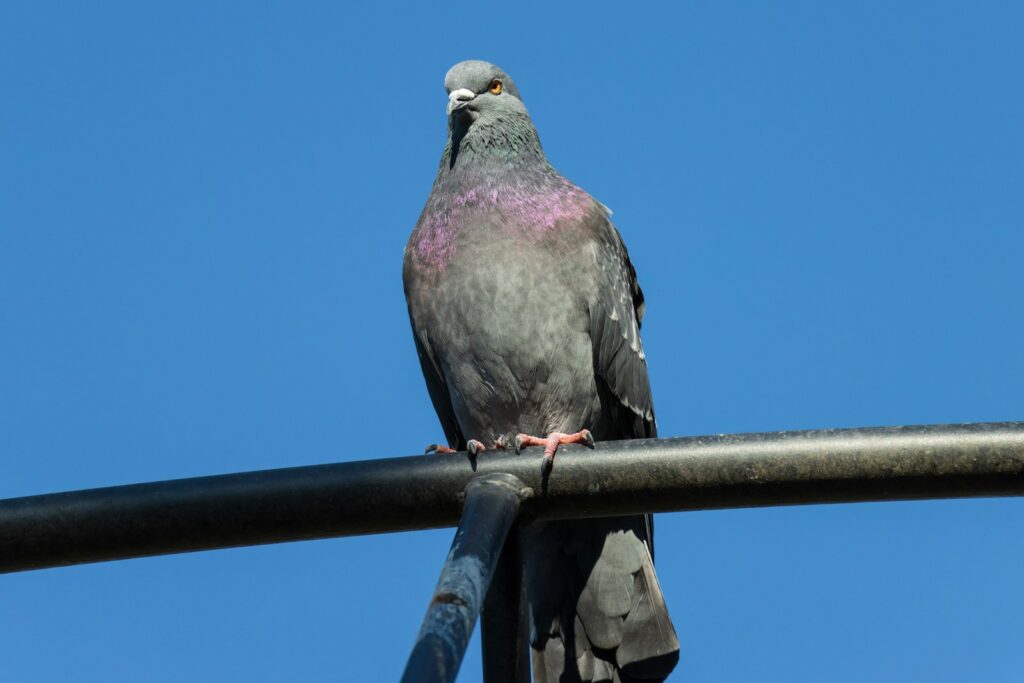
The Petrichor Pigeon stands as a remarkable example of nature’s endless capacity for specialized adaptation. Its ability to produce the beloved scent of rainfall represents more than just a biological curiosity—it offers insights into the complex relationships between diet, biochemistry, behavior, and evolution. As cloud forests face mounting threats from human activity and climate change, the future of this aromatic avian remains uncertain. Conservation efforts must consider not only the bird itself but the entire ecological and cultural systems in which it exists. By protecting the Petrichor Pigeon, we preserve not just a unique sensory experience found nowhere else in the avian world, but also deepen our understanding of the sophisticated and often surprising ways that life has evolved on our planet.
